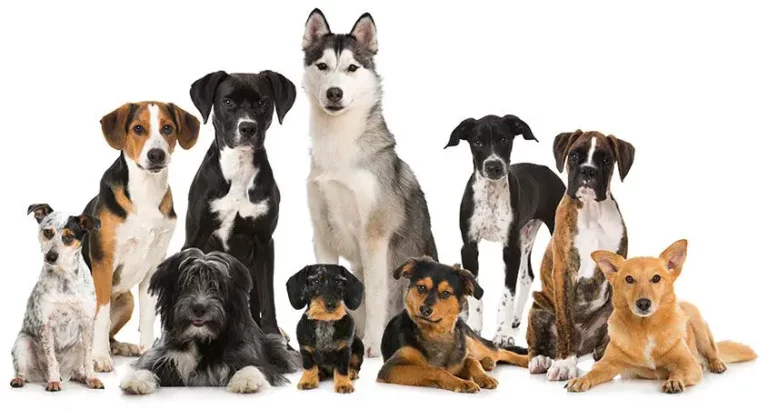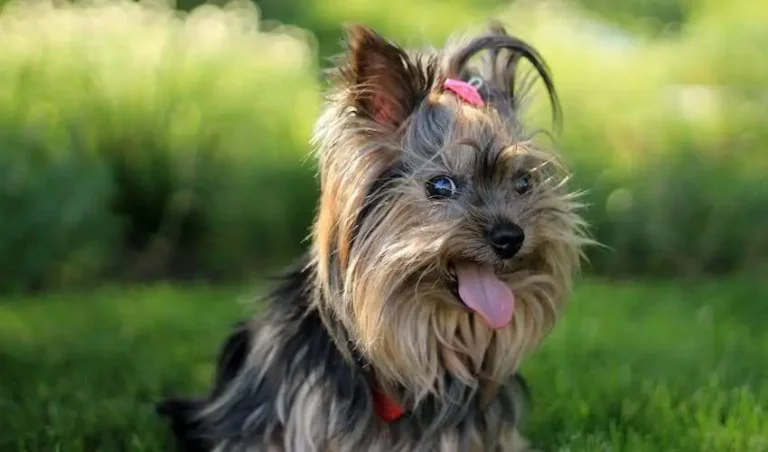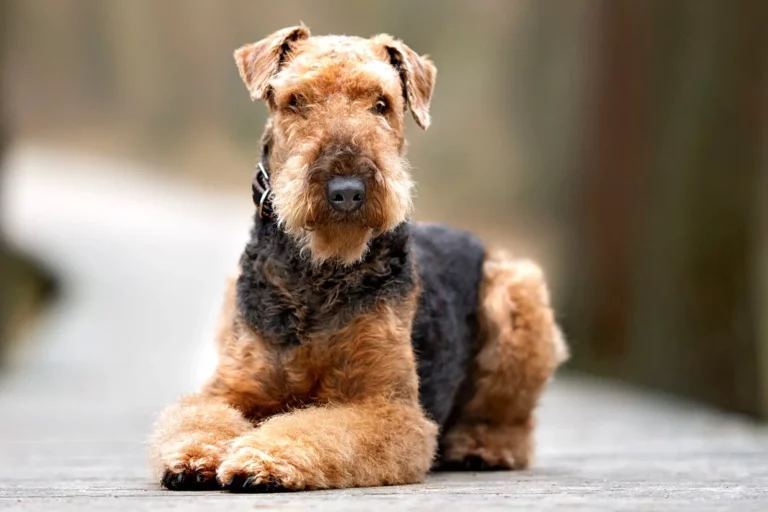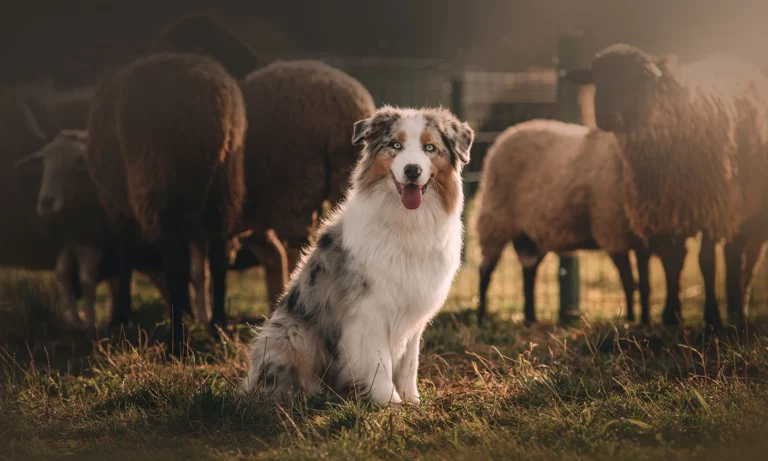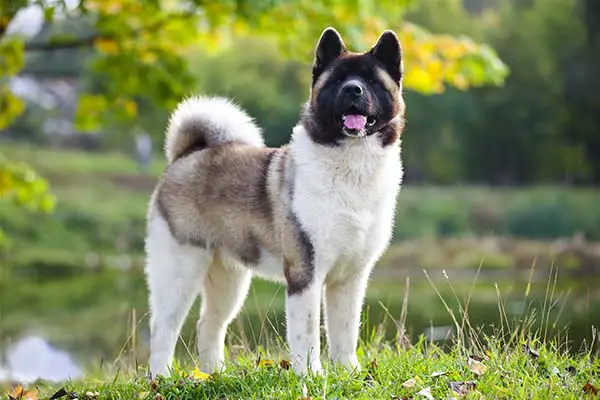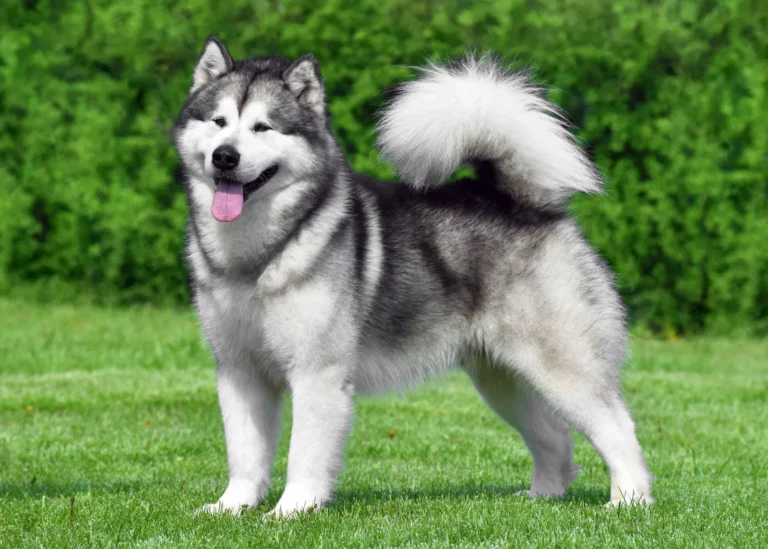Artois Hound Dog Breed: Pictures, Info & Care Guide
The Artois Hound dog breed is an ancient hunting hound which originated in France’s Artois region.
Known for its strong sense of smell, color variations, and independent spirit, the Artois Hound is a loyal and devoted companion who loves to please its owners.
Learn more about this canine companion including its history, physical characteristics, and behavior.
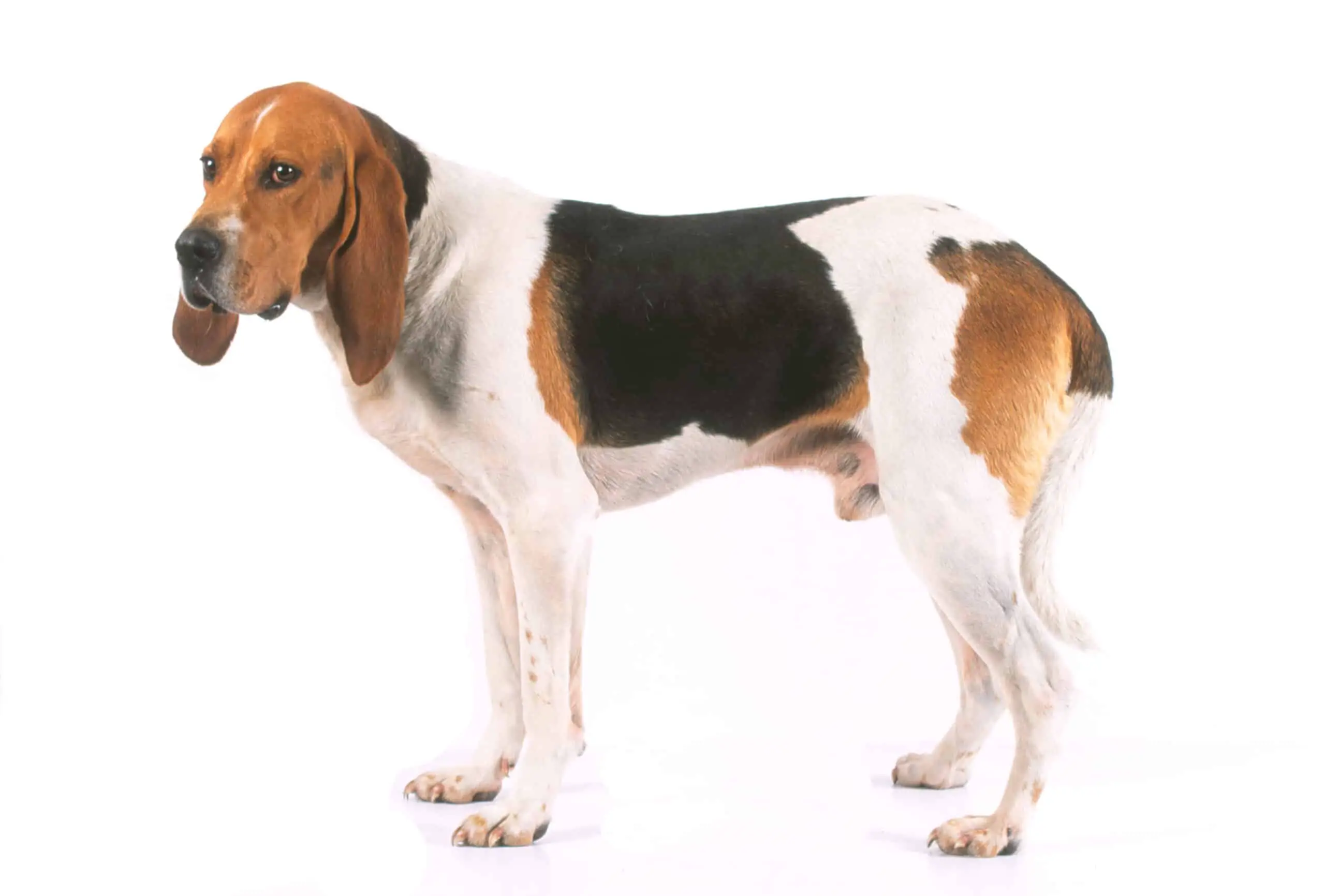
Overview of the Artois Hound
| UTILISATION | Hunting |
| FCI-CLASSIFICATION | Scenthound |
| BREED GROUP | Sporting |
| COUNTRY OF ORIGIN | France |
| HEIGHT | Female and Male: 20.8-22.8 inches (53-58 cm) |
| WEIGHT | Female and Male: 61.7-66 pounds (28-30 kg) |
| LIFE EXPECTANCY | 12-14 years |
| TEMPERAMENT | Energetic, brave, loyal, agile, independent |
| INTELLIGENCE | High |
| SHEDDING AMOUNT | Moderate |
| DROOL AMOUNT | Medium |
| EXERCISE AMOUNT | High |
| ENERGY LEVEL | Very high |
| BARKING LEVEL | Frequent |
| TRAINABILITY | At times difficult |
| COAT LENGTH/TEXTURE | Short, thick and flat |
| COLORS | Tricolor, dark fawn tricolor |
About the Artois Hound
The Artois Hound, or Chien d’Artois, is a small but powerful breed, with a muscular and agile body, making them perfect for hunting.
They have amazing manoeuvring skills, able to navigate through thick forests with ease.
Aside from being an excellent hunting pet, they are also friendly and easy-going companions, who get along well with kids.
But don’t expect them to be good guard dogs as they tend to be too friendly even towards strangers!
Training these hounds need to start at an early age so that their stubbornness can be brought under control.
All in all, the Artois Hound is not just a great hunting dog but also makes an excellent companion pet.
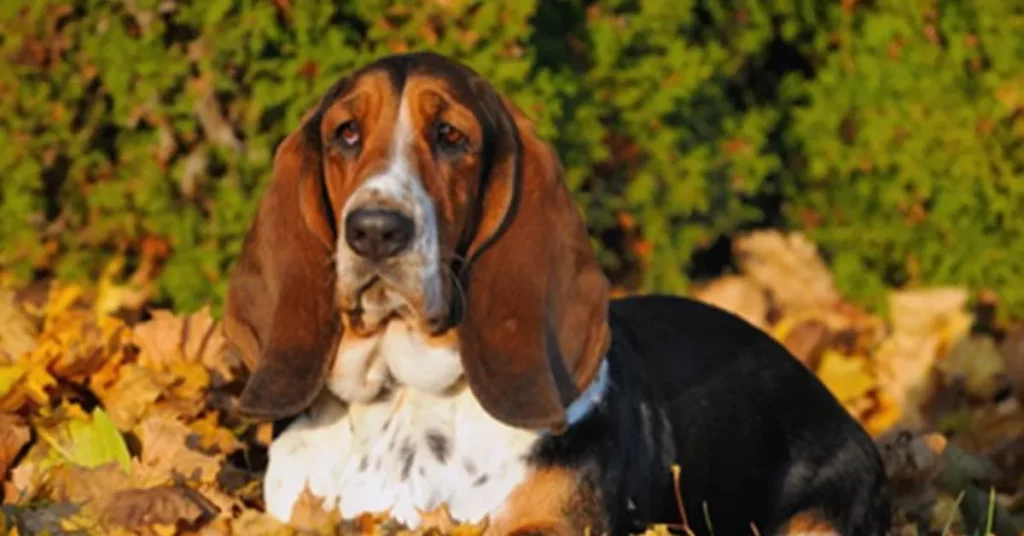
Physical Characteristics of the Artois Hound Dog Breed
Artois Hounds are a muscular and athletic breed.
They are strong, well-balanced and have an athletic build with an average height of 20.8-22.8 inches (53-58 cm) at the shoulder and a weight that ranges between 61.7-66 pounds (28-30 kg).
This hound has a short, flat coat which is usually yellowish or tan in color with white markings.
They may also have black shading on the back of their neck and tail as well as along their forehead.
Temperament and Behavior of the Artois Hound Dog Breed
The Artois Hound is a bright, loyal and self-confident dog that loves to please.
They are obedient and devoted to their owners but can be independent at times when out on the hunt.
This sturdy breed has a strong desire to work and can have keen eyesight and sense of smell which helps them track down prey without fatigue.
They make excellent watchdogs, alerting their owners to any potential danger or intruders.
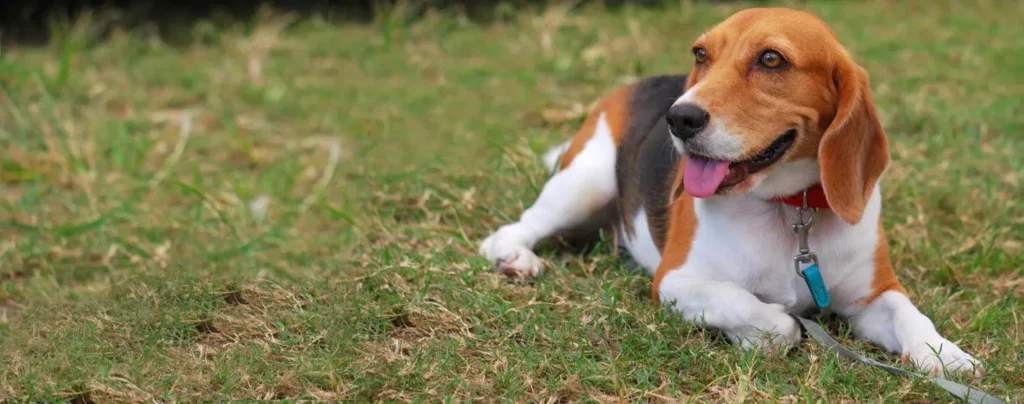
Things to Consider When Getting an Artois Hound Dog Breed
If you’re considering getting an Artois Hound, there are a few key things you should keep in mind.
This breed is very active and needs plenty of regular exercise to stay healthy and happy.
You should also be able to commit to grooming your pup on a regular basis, and assess whether or not you have the energy needed to care for a large dog like the Artois Hound.
Finally, it should be ensured that your home is suitable for such a strong and determined breed!
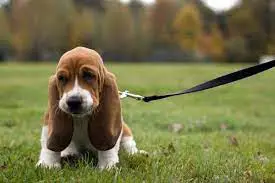
Owners’ caring expectations for the Artois Hound Dog Breed
Health
As with any animal, the Artois Hound may be prone to certain health conditions.
These may include hip dysplasia, eye issues, and ear infections.
Regular vet check-ups and hands-on care can help to ensure that any potential issues are caught early and treated properly.
Additionally, a good diet, exercise program, and plenty of playtime will help your Artois Hound stay healthy and happy!
They have a life expectancy of 12-14 years.
Grooming
The Artois Hound is a breed of hound that has a smooth coat, making it low maintenance when it comes to grooming.
They only require brushing once a week and over-bathing should be avoided.
If the dog needs a thorough bath after getting especially dirty, then one can be given.
The large ears must also be dried after they get wet and regular ear cleaning should take place once a week.
Exercise
For the active family, the Artois Hound is a great companion.
As a breed that requires plenty of exercise and activity, it’s ideal for those who take hunting seriously or can commit to providing a good challenge – an hour-long jog or hike, or mental stimulation such as puzzles and scent work – each day.
Sadly, this breed won’t suit all lifestyles. If left unmotivated with no physical or mental challenges, it may develop behavioural problems such as excessive barking and destructive tendencies in your home or garden.
Training
Training an Artois Hound can be a difficult task, as they naturally possess independent and stubborn tendencies.
The best approach to training this breed successfully is having the family member that the dog is most close to manage the training sessions.
Ideally, these sessions should consist of short and engaging activities with plenty of treats and positive reinforcement at the end.
Furthermore, young maturing Artois Hounds tend to be more responsive during training than adult dogs who have not been adequately trained beforehand.
Thus, early socialization and training are key for establishing control over this headstrong breed.
Nutrition
To ensure your hound remains healthy and at their best, they should be provided with a high-quality dog food suitable for their size and activity level.
If you use them for hunting, you might want to opt for an active or working breed formula.

History of the Artois Hound Dog Breed
With origins that stretch back over 500 years, the Artois Hound is believed to be a descendant of ancient scenthounds like Foxhounds, Bloodhounds, and Grand Bleu de Gascogne.
It was also likely mixed with English hounds that crossed the English Channel.
This sturdy scent hound was originally bred to hunt in a pack for hares, foxes, and boars.
They were once very popular with the nobility of Europe during the 17th and 18th centuries but following both World Wars, their numbers had become so low that some thought them extinct.
Today, however, they remain relatively unknown outside of their native France where they are both companion animal and hunt hound.
With their robust bodies giving them strength for vigorous pursuit with a high-pitched bark that serves as an advantage when working, this breed still carries out its long-established role today.

